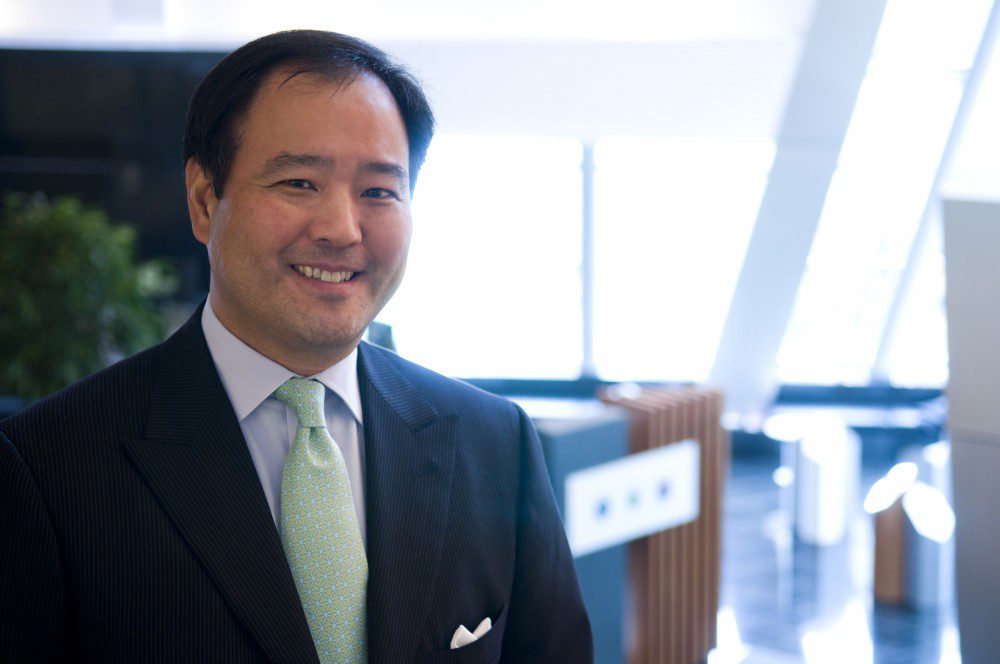The new CCO. What changes have impacted the CCO (Chief Communications Officer), and how does one define the new CCO? Why is the CCO potentially the most valued “seat” at the C-suite table? Read ahead for some answers from Jon Iwata, senior vice president, marketing and communications at IBM, who recently spoke at a Makovsky seminar.

In its early days, communications professionals focused on mass awareness. Print media coverage in a PR campaign was considered successful if it generated awareness and understanding. PR professionals did not often use old-fashioned research to solicit feedback.
Today, the mandate of communications is to go beyond awareness into driving belief, action, confidence and advocacy, according to Jon Iwata, senior vice president, marketing and communications, IBM. That is true engagement. And the rise of digital, including social media, has given communications practitioners’ new opportunity to engage not just the masses, but also individuals.
“Today’s consumers expect personalized engagement, in person and through digital,” said Iwata at a recent Makovsky seminar. “To deliver on these expectations, communications leaders need to shift their mindset from building content that informs large audiences to content that influences individuals’ belief, action, confidence and advocacy.”
The key to building personalized content is data and analytics, according to Iwata. A first step is social listening and basic web interaction tracking (clicks, downloads, etc.), and there are many free or “freemium tools” that communicators can use to get started. Then, communicators can tailor personalized engagement based on what they know about the individual. As they see engagement happen, they can quickly learn from digital feedback and improve the effectiveness of their next attempt.
All of this relates to the strength, value and contribution of the CCO to the organization. What comes to mind is the proverbial question: do CCOs have a seat at the C-suite table?
According to Iwata, besides the CEO, the CCO is the C-suite member with the broadest vision for all of a corporation’s stakeholders – internally and externally. The CCO has a significant opportunity to help the CEO drive business by engaging individuals in a new way.
One of our professionals raised a question about CCOs and their role in innovation, which every CEO must be concerned about. How can CCOs power innovation? The key, Iwata advised, is understanding customers/stakeholders as individuals, and their needs today and tomorrow. What are they doing? What are they thinking? What need do they have that we can fulfill?
The CCO who can combine the capability to engage individuals at scale and drive innovation alongside foundational capabilities like strategic business counselor and steward of enterprise reputation will be able to deliver on the CEO’s biggest needs and ensure a seat at the C-suite table.
For the full report on the New CCO , visit the Arthur W. Page Society.
Ken Makovsky is President of Makovsky and Trustee for the Institute for Public Relations. Follow him on Twitter at @3centsmak.



